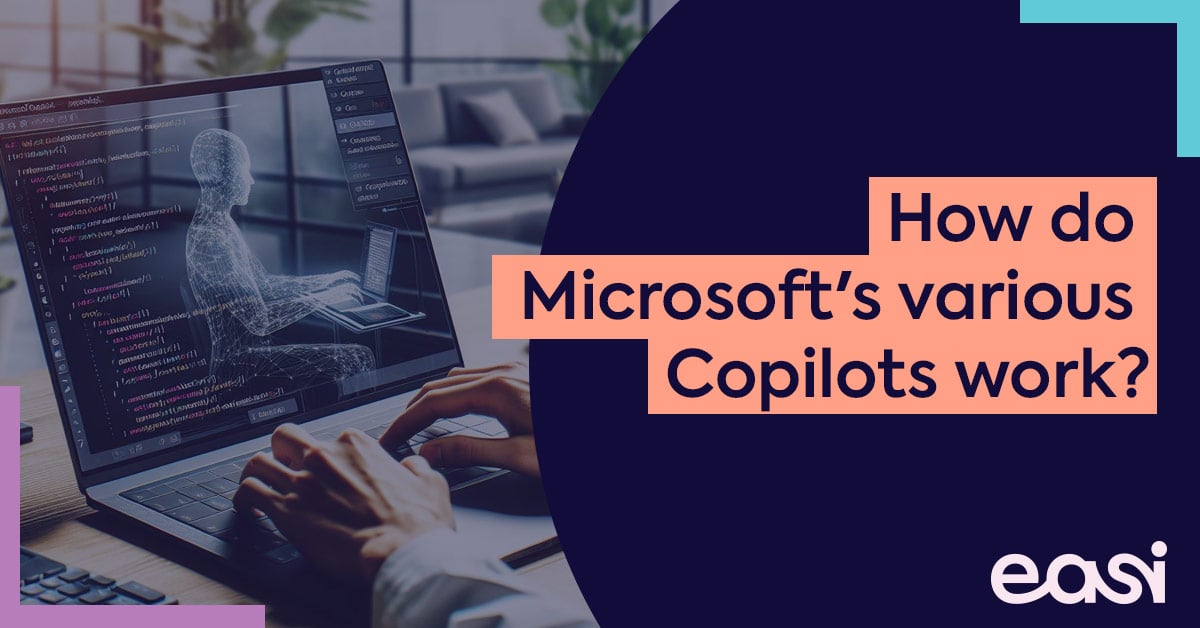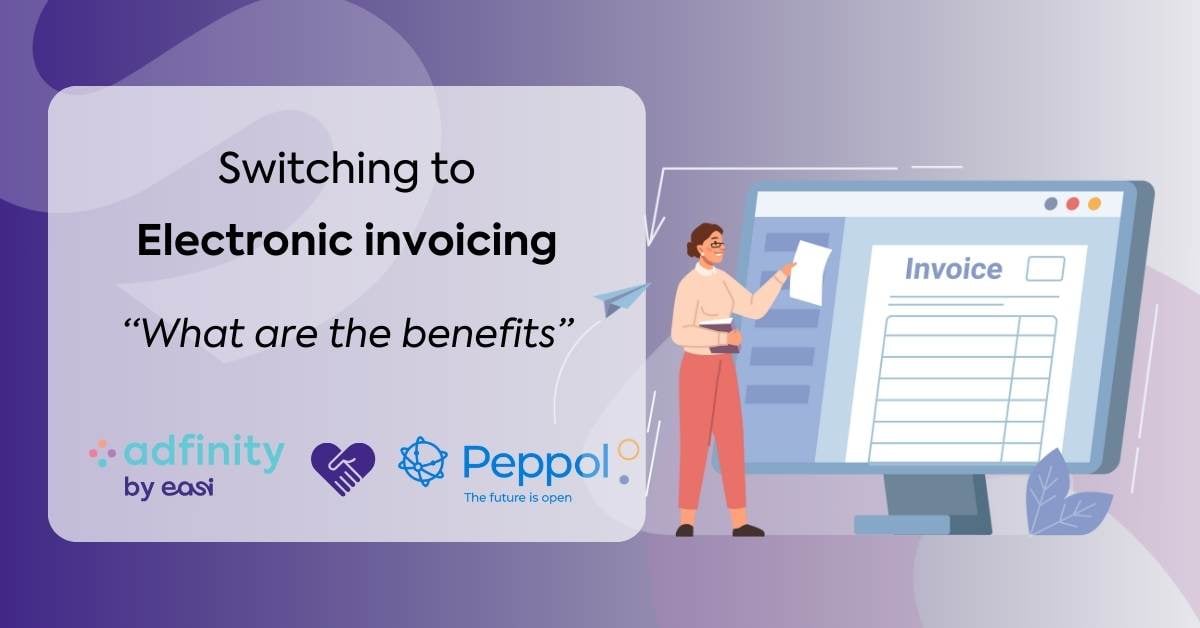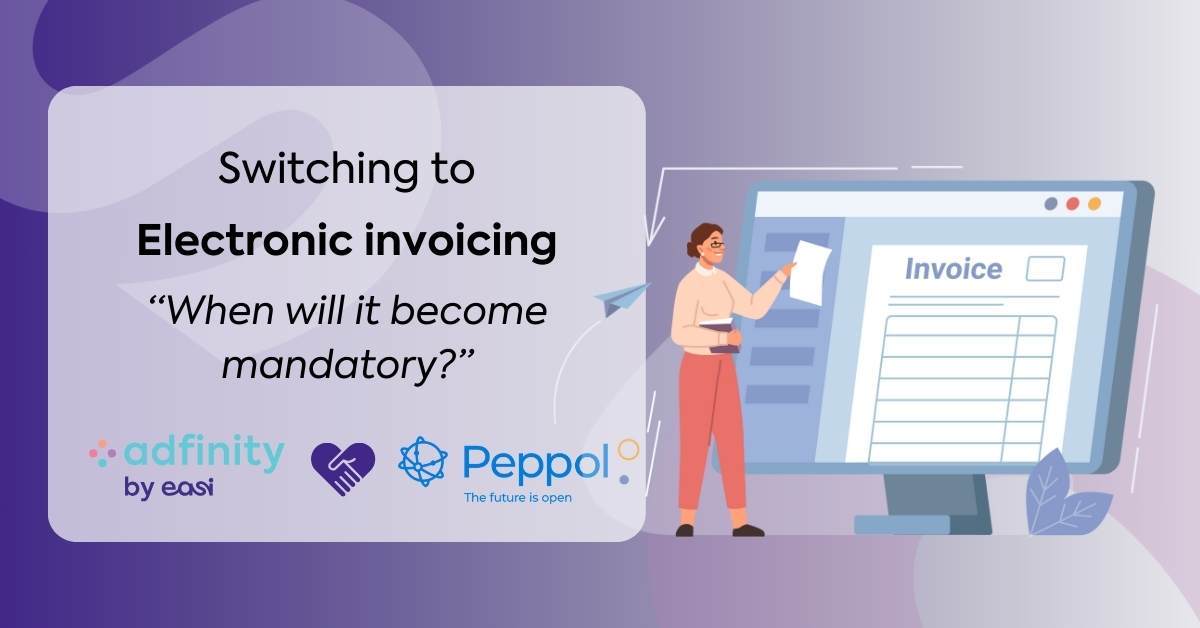Are you a user of Excel?
In today's business world, chances are high that you answered "yes" to this question. If you're working as an accountant or in a finance department, chances are even bigger!
Every month, almost every financial director in Belgium opens an Excel file and starts analysing the data... but first, he needs to treat them, change them, make tables and graphs of them, ... in short: he needs to make the figures speak! Some of them dispose of Excel sheets that can be refreshed in real-time, based on a direct connection to a database. But after a while, this type of Excelsheets can become slower and slower...
When the needs for a detailled and complete reporting grow, we arrive to the limits of what Excel can do...
To cope with this challenge, EASI offers an integrated Business Intelligence solution. The philosophy of this type of tools is completely different than Excel.
Here are some main differentiation points between Excel and Qlik View/Qlik Sense:
Ease of use
Excel is an easy tool that a lot of people know... at least the basics.
But... did you try once to change an Excel reporting document that was built by one of your colleagues?
Most of the time, it's really complicated to find where the data sources are, how the report is built, ... and you might end up doing all the work again and again...
In Qlik Sense, everything is built up with user friendliness in mind. To change a report, you can simply change the fields, the dimensions and the ranges. All the users work in exactly the same way.
Presentation/Visualisation
Excel shows figures in tables, that you can visualise in pivot tables or graphs.
Qlik Sense shows graphs, counters and evolutions in a very interactive way. Instead of comparing cell B4 by C5 and making $C8:C15 style formulas, you just take a look at your realised budget and compare it to your foreseen budget, while keeping an eye on your engaged costs and your analytical accounting at the same time.
Manipulation of data
In Excel, a common way of working is to export raw data from a database into the Excel sheet, and then manipulate them to make them speak. But due to all this manual manipulations, the risk of errors is high. There is always doubt about the accuracy of the figures...
In a BI-tool, the application is direclty connected to the database, so you're absolutely sure that all data are used, and that they are correct! You don't toch your raw data, so what the tool is showing, is correct!
Performance
As mentioned in the introduction, Excel can become slow when the file becomes heavier. End users can quickly become angry or bored because of that. Qlik Sense, on the other hand, is optimised to charge the data in an impressively fast way, thanks to Qlik's propriety technology.
Portability
Opening an Excel file on iPad, iPhone or another mobile device never gives a true satisfying result.
Qlik Sense is made to open your dashboards in a responsive way : the visualisation of the data adapt automatically to the size of the end user's device.
Did I mention that you can also connect multiple databases, so that you can, for example, combine figures from different enterprise systems, and show them in one single dashboard?
This article could be much longer, but I guess you already have some interesting elements by now. If you're asking yourself why you're still reporting in Excel by now, a BI-tool could be a good choice!
EASI has developed a "plug and play" datawarehouse for Qlik Sense and Adfinity. If you start using Qlik Sense, you directly get all your accounting figures in the tool!
Talk about it to your consultant!




